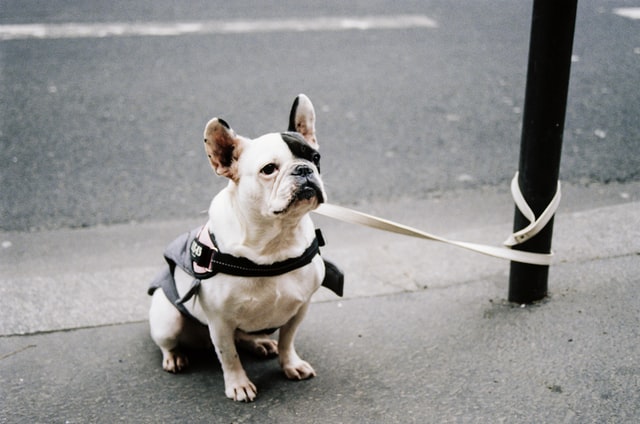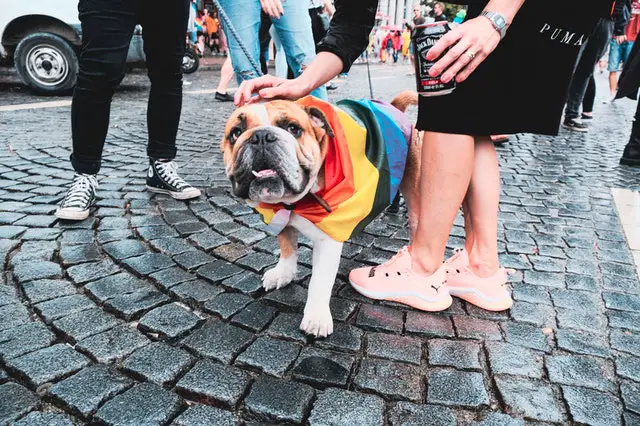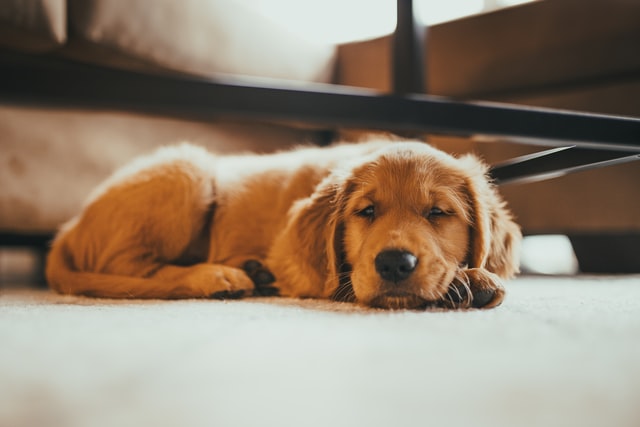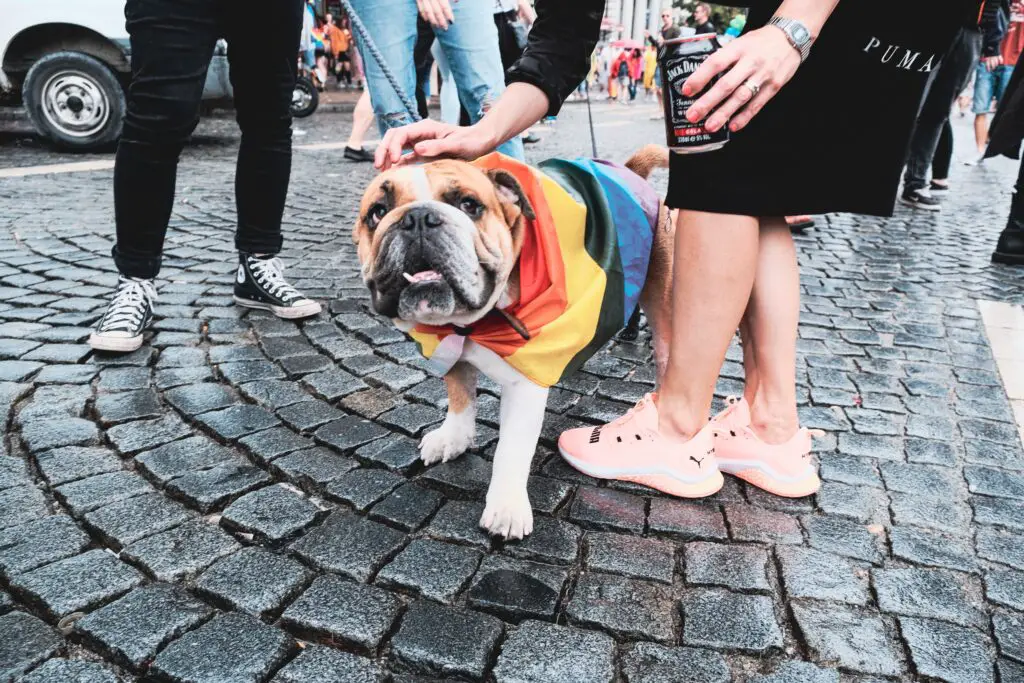Dog walking is one of, if not the most, popular pastimes among dog owners. This simple activity may seem like a no-brainer, but it is the cornerstone of your dog’s daily routine. Not only does walking provide you both with much-needed exercise; but being outside in the fresh air and interacting with the world around them is important for dogs and humans alike.
If you haven’t tried it, there’s nothing better than having your furry buddy join you for a walk. But for new owners, it’s something that takes a bit of practice to get used to. In fact, some consider dog walking a skill.
Many dog owners see dog walking as a vital part of keeping their pets mentally stimulated and well-exercised. And it’s the best way to make sure your dogs relieve themselves properly, so as not to make a mess in the house.
To make sure you are prepared for the activity, here are what could be everything a new dog owner needs to know.
WHEN TO WALK YOUR DOG
Regular walks are important to your dog’s overall health. The breed and age of your dog will determine if your dog needs more exercise. For beginners, you can start walking your dog at least 30 minutes a day for five days. As much as possible, avoid going out during dusk or dawn for dogs might come across and chase critters and other wildlife.

PRE-WALK:
- Make sure you have a leash and harness or collar that suits your paw-buddy. Harnesses tend to work better for dogs that like to pull on the line.
- Prepare pet waste bags and some water in a container. Why? It’s important to clean up after your dog and make sure that you don’t leave anything for other dogs to accidentally eat or inhale.
- Ensure your dog is wearing reflective gear or light if you’re planning to walk at night. This helps prevent accidents in places where people and cars can’t see your pup.
- Have some sanitizer to clean your hands when you pick up after your dog. Bacteria can spread fast and it is best kept at bay with a little hygiene.
- Don’t forget to bring some water for you and your pet especially when it’s hot outside or if you’re covering long distances.

THE BEST LEASH FOR YOUR DOG
When going on walks, you want to have control over your dog—and not the other way around. A sturdy leash that’s 4-6 feet long is your best choice. Short leather or nylon rope leashes are best for long walks, while retractable leashes are easy to hold and good for potty breaks (not recommended for dogs that pull a lot). If you struggle with your dog’s pulling, a “no-pull harness” or body harness may be a good alternative because they give you more control over your while training.
DURING THE WALK:
- Be aware of your furry friends at all times. Make sure they don’t go anywhere they aren’t supposed to be and aren’t smelling, licking, or ingesting anything they shouldn’t. Be aware of cars and other objects that your dog could hurt.
- Don’t drag your dog if they refuse to move. This will hurt their paws and cause injury. They might just be tired or just want to wait something out. Try to negotiate with them calmly, offer a treat as a bribe if you must. If not, best be picking them up.
- Be aware of other people. Not everyone is a fan of dogs. Some people are actually quite scared of even the nicest of pups. Be sure that anyone your dog approaches is comfortable with him.
- Observe other dogs before approaching them. Try to look for signs of aggression or hostility towards your dog. If they growl, scratch, or pull on the line aggressively, you should keep away.
- If the dog seems friendly and is approachable, allow your dog to have some fun! Dogs are just as social as humans and enjoy company just as much. Remember to keep your dog on the leash and under control. Pull away immediately when you see inappropriate behavior. Here’s a helpful training guide for un-training bad dog habits.
- Pick up after them and water away from their urine. No one likes accidentally stepping on a dookie. Keep your surroundings clean and dispose of your pup’s waste properly.

HOW TO STOP CONSTANT TUGGING
Constant pulling can make the walk stressful for you and your pup. Loose leash or relaxed walking is the preferred method of walking. However, you’ll need to train your dog to do this. Make sure you’re in charge of the walk.
If they start pulling, immediately stop. Have them come back, then reward them with treats and positive affirmation. Constantly doing this will make your dog realize that pulling gets them nowhere. You also can give them a “no pull” head halter if the problem persists.
POST-WALK:
- Only take the leash and harness off once you’re inside and be sure you close the door behind you. You don’t want your dog to run out.
- Wipe your dog’s paws and keep them clean. Use pet-friendly wipes to get the dirt off, especially if you’ve been on grass. No one likes paw prints and dirt on the floor.
- Give your dog some fresh, clean water immediately after. You would want them rehydrated well.
- Let them rest. Dogs get tired, just like us. Let them recover, particularly if they’ve been running.
If you’re not able to walk your dog, check out dog walking apps such as:
- Wag! – Dog Walkers & Sitters
- Rover.com
- Barkly Pets
- Fetch! Pet Care
A FEW MORE THINGS
- Have your dog microchipped. The information on it will bring them back to you if your pet wanders off or gets lost. Make sure that the details on file for you are always kept up to date. A collar with their name and your number on it is also advised.
- Stay off the flower beds. Experts at the ASPCA Poison Control Center advise keeping your pet safe from toxic lawn and garden products. Insecticides and certain types of mulch can cause problems for our furry friends-during neighborhood strolls, please be sure to keep your pooch off the lawns of others.
- Spring bulb plants like tulips and daffodils can cause significant stomach problems. If your pooch likes to stop and smell-or nibble-the flowers, please keep him on a short leash during your walks.
- Mix up your walks. Choose fun locations like the dog park or a friend’s house. You can also plan walks with other dogs and their owners. This creates a comfortable social setting without being overwhelmed by the park.
Dog walking is something one learns by feel. Since every dog is different, we can’t guarantee that one technique will apply to all dogs. But the key principles are almost always the same. Just remember: let your dog explore freely while guiding it away from danger.
Keep all of these thoughts in mind on your next trip with Fido and you should be able to enjoy dog walking just as much as your pup.









